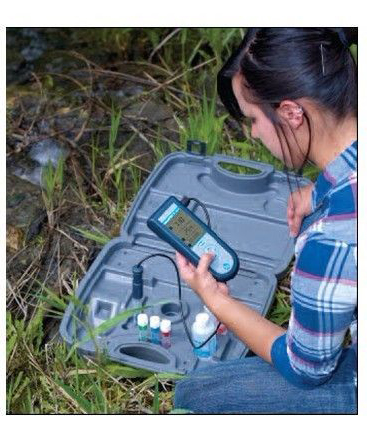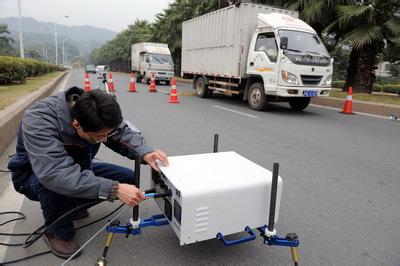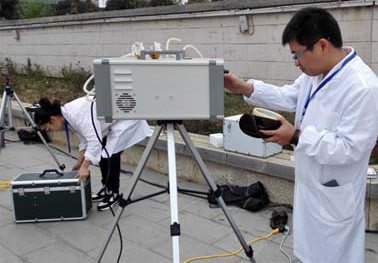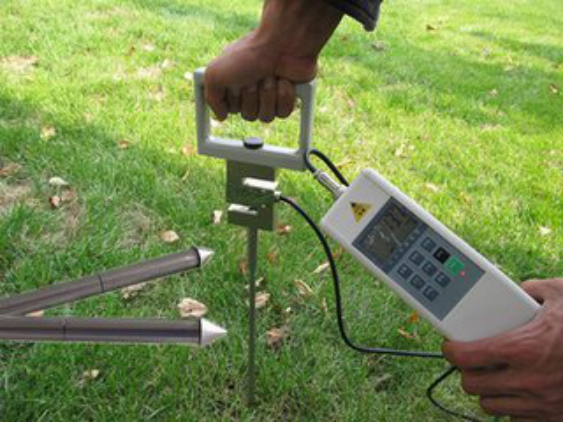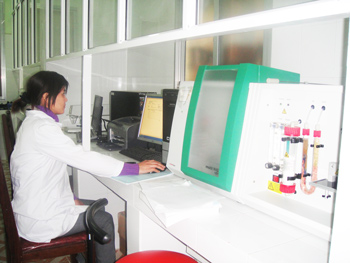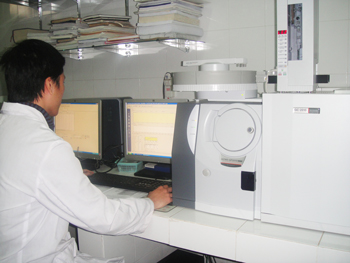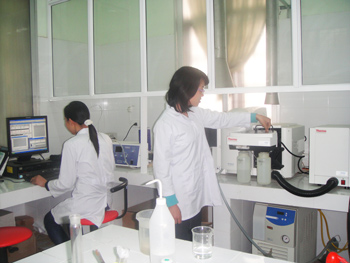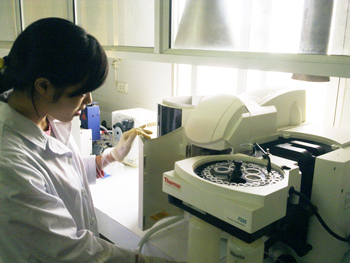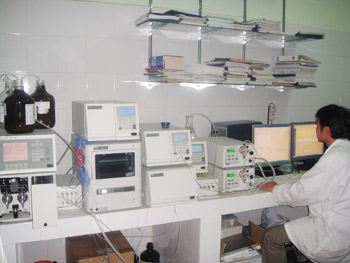Plants convert sunlight to chemical energy in the form of biomass, while releasing oxygen as an environmentally benign byproduct. Devising a similar process by which solar energy could be captured and stored for use in vehicles or at night is a major focus of modern solar energy research.
"It is widely recognized that solar energy is the most abundant source of energy on the planet," explains University of Wisconsin-Madison chemistry professor Shannon Stahl. "Although solar panels can convert sunlight to electricity, the sun isn't always shining."
Thus, finding an efficient way to store solar energy is a major goal for science and society. Efforts today are focused on electrolysis reactions that use sunlight to convert water, carbon dioxide, or other abundant feedstocks into chemicals that can be stored for use any time.
A key stumbling block, however, is finding inexpensive and readily available electrocatalysts that facilitate these solar-driven reactions. Now, that quest for catalysts may become much easier thanks to research led by Stahl and UW-Madison staff scientist James Gerken and their colleagues.
Writing this week in the journal Angewandte Chemie, the Wisconsin group describes a new high-throughput method to identify electrocatalysts for water oxidation.
Efficient, earth-abundant electrocatalysts that facilitate the oxidation of water are critical to the production of solar fuels, says Gerken. "If we do this well enough, we can keep the party going all night long."
Existing technology to store solar energy is not economicallyviable because using the sun to split water into oxygen and hydrogen is inefficient. Water oxidation provides electrons and protons needed for hydrogen production, and better catalysts minimize the energy lost when converting energy from sunlight to chemical fuels, says Stahl.
In addition to being efficient, the catalysts need to be made from materials that are more abundant and far less expensive than metals like platinum and the rare earth compounds currently found in the most effective catalysts
According to Stahl and Gerken, the discovery of promising electrocatalytic materials is hindered by the costly and laborious approaches used to discover them. What's more, the sheer number of possible catalyst compositions far exceeds the number that can be tested using traditional methods.
In the Angewandte Chemie report, Gerken, Stahl and their colleagues describe a screening method capable of rapidly evaluating potential new electrocatalysts. In simple terms, the technique works using ultraviolet light and a fluorescent paint to test prospective metal-oxide electrocatalysts. A camera captures images from a grid of candidate catalysts during the electrolysis process, as the paint responds to the formation of oxygen. This approach turns out to be a highly efficient way to sort through many compounds in parallel to identify promising leads.
Already, the Wisconsin team has identified several new metal-oxide catalysts that are composed of inexpensive materials such as iron, nickel and aluminum, and that hold promise for use in solar energy storage.
In addition to Gerken and Stahl, authors of the new study include Jamie Y.C. Chen, Robert C. Massé, and Adam B. Powell, all of UW-Madison's department of chemistry. The work was supported by a grant from the U.S. National Science Foundation and a provisional patent has been submitted through the Wisconsin Alumni Research Foundation.


 English
English Vietnamese
Vietnamese